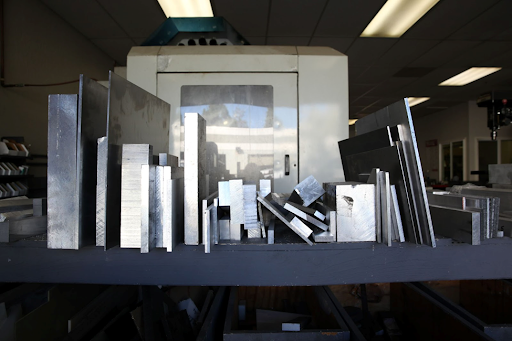Delrin FAQs
Can Delrin be machined?
Delrin can be used in cnc machining. It is a good plastic for applications that will experience lots of friction, require tight tolerances, or need a high stiffness material.
Can you laser cut Delrin?
Yes, because Delrin can easily be removed by the laser beam, it is especially useful for laser cutting or engraving.
How do you cut Delrin plastic?
It’s possible to cut Delrin with a bandsaw, RAS, miter saw, or lathe.
Is Delrin stronger than nylon?
Nylon is a strong and durable plastic, applicable to a wide variety of purposes, however it’s not as strong as Delrin.

